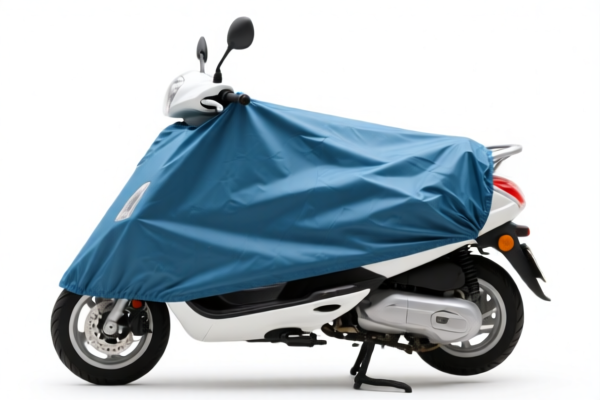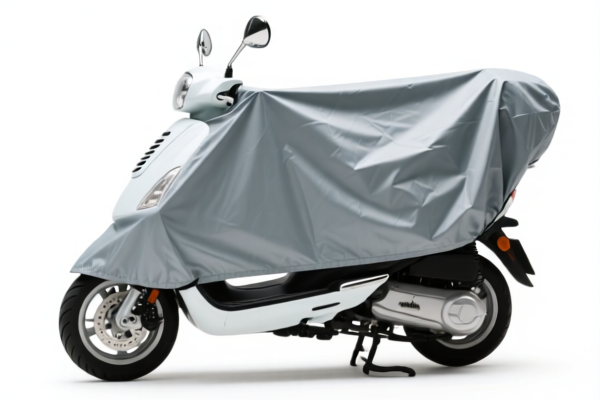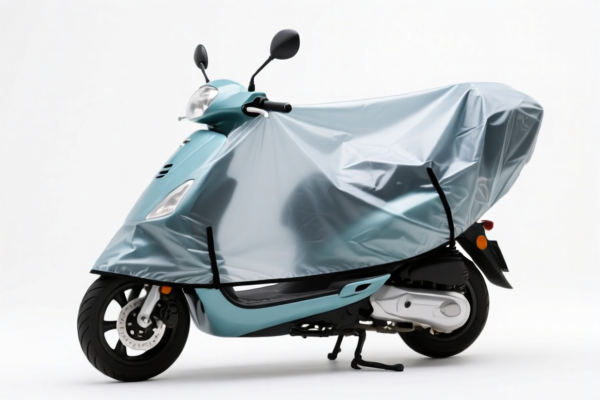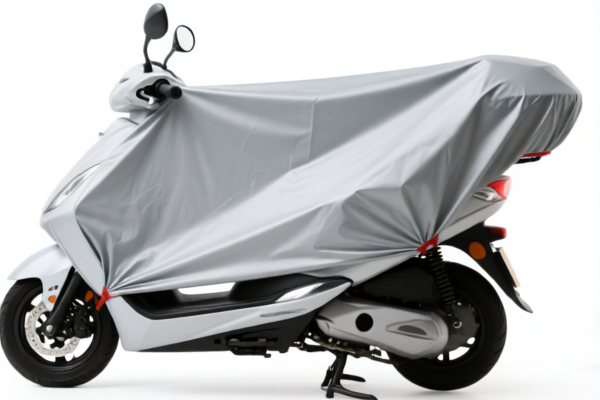| HS Code | Official Doc | Tariff Rate | Origin | Destination | Effective Date |
|---|---|---|---|---|---|
| 3926206000 | Doc | 55.0% | CN | US | 2025-05-12 |
| 3901909000 | Doc | 61.5% | CN | US | 2025-05-12 |




Customs Classification & Duty Analysis: SCOOTER RAIN COVER
Here's a breakdown of the customs classification and duty implications for your declared goods, "SCOOTER RAIN COVER," based on the provided HS codes. We'll analyze each HS code separately.
Important Note: HS codes are highly specific. The accuracy of this analysis depends on the precise composition and characteristics of your goods. Always double-check with the final import documentation and, if necessary, seek a binding ruling from customs authorities.
1. HS Code: 3926.20.60.00 – Plastic Rainwear
-
Description: Other articles of plastics and articles of other materials of headings 3901 to 3914: Articles of apparel and clothing accessories (including gloves, mittens and mitts): Other: Plastic rainwear, including jackets, coats, ponchos, parkas and slickers, featuring an outer shell of polyvinyl chloride plastic with or without attached hoods, valued not over $10 per unit.
-
HS Code Breakdown:
- 39: Plastics and articles thereof. This chapter covers a wide range of plastic materials and products.
- 26: Other articles of plastics and articles of other materials. This narrows down the scope to specific plastic articles.
- 20: Articles of apparel and clothing accessories. Specifically targets clothing items.
- 60: Other: This is the most specific part, indicating "other" plastic rainwear.
-
Duty Rates:
- Basic Duty: 0.0%
- Additional Tariff: 25.0%
- Post April 2, 2025 Additional Tariff: 30.0%
- Total Duty: 55.0%
-
Key Considerations:
- Material Composition: The classification hinges on the rainwear being primarily made of plastic (specifically polyvinyl chloride). If other materials constitute a significant portion, a different HS code might be more appropriate.
- Value Limit: The HS code specifies a value not over $10 per unit. If your rainwear exceeds this value, you'll need to use a different HS code (likely within 3926.20, but potentially a different sub-classification).
- Functionality: The item must be classified as rainwear. If it's primarily a fashion item with some water resistance, the classification could change.
2. HS Code: 3901.90.90.00 – Polymers of Ethylene, in Primary Forms
-
Description: Polymers of ethylene, in primary forms: Other: Other: Other
-
HS Code Breakdown:
- 39: Plastics and articles thereof. (Same as above)
- 01: Polymers of ethylene. This focuses on the raw plastic material itself.
- 90: Other. This indicates a more specific type of ethylene polymer.
- 90: Other. This is a very broad sub-classification, often used for ethylene polymers not specifically listed elsewhere.
-
Duty Rates:
- Basic Duty: 6.5%
- Additional Tariff: 25.0%
- Post April 2, 2025 Additional Tariff: 30.0%
- Total Duty: 61.5%
-
Key Considerations:
- Form of the Material: This HS code applies to the raw plastic material (e.g., pellets, granules, powders). If the material has been processed into a specific shape (like a sheet or film), a different HS code would be needed.
- Purity & Composition: The specific type of ethylene polymer can affect the HS code.
- Intended Use: While this code covers polymers in primary form, the final application of the material is less relevant than its current state.
Recommendations & Next Steps:
- Verify Material Composition: Confirm the exact percentage of polyvinyl chloride (PVC) in the rainwear. If other materials are present, consult the HS code nomenclature for a more accurate classification.
- Confirm Unit Value: Ensure the declared value per unit of rainwear does not exceed $10.
- Review Processing Level: For the ethylene polymer, confirm it is in primary form (pellets, granules, etc.).
- Consider Certifications: Depending on the final destination country, you may need certifications related to plastic content (e.g., REACH compliance, RoHS compliance).
- Check for Updates: Duty rates and regulations are subject to change. Always verify the latest information with customs authorities or a qualified customs broker.
- Detailed Invoice: Provide a detailed commercial invoice with a clear description of the goods, material composition, unit value, and quantity.
Disclaimer: This analysis is for informational purposes only and should not be considered definitive legal advice. Always consult with a qualified customs broker or legal professional for specific guidance on your import transactions.
Customer Reviews
No reviews yet.